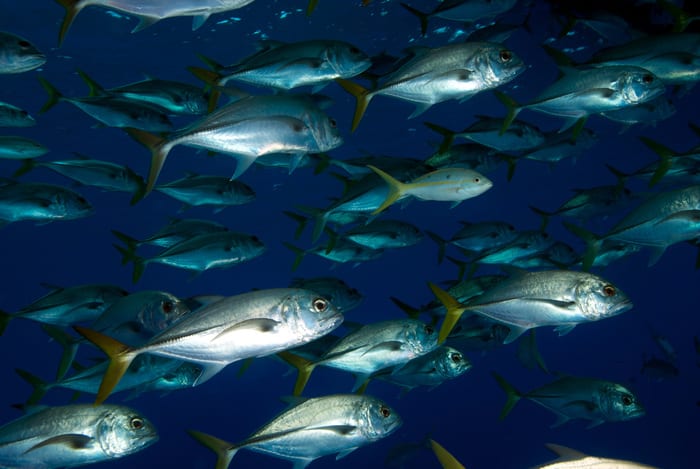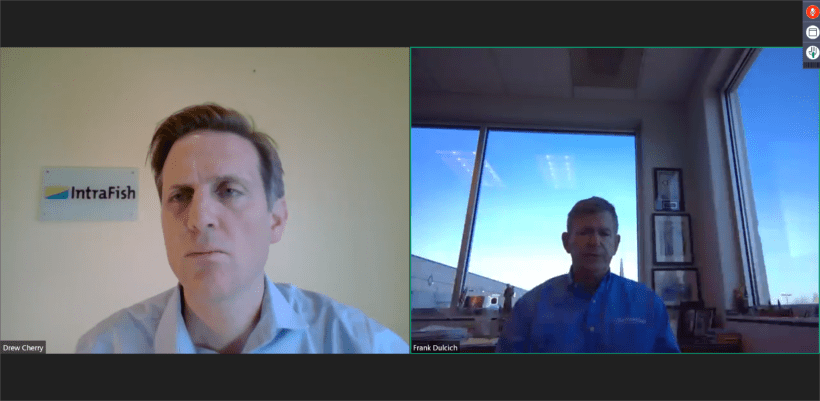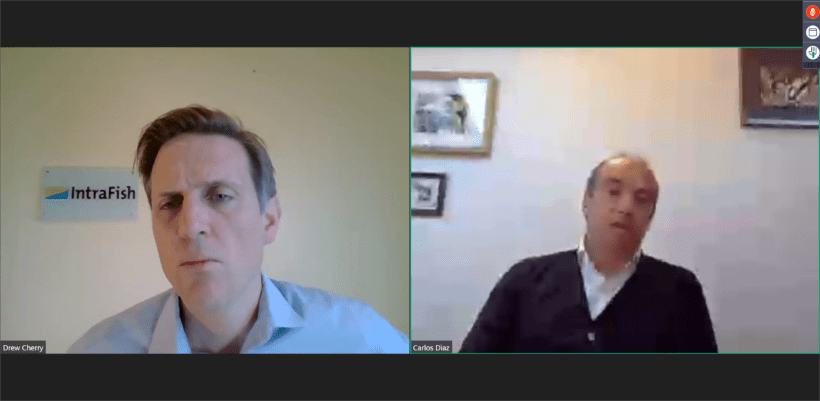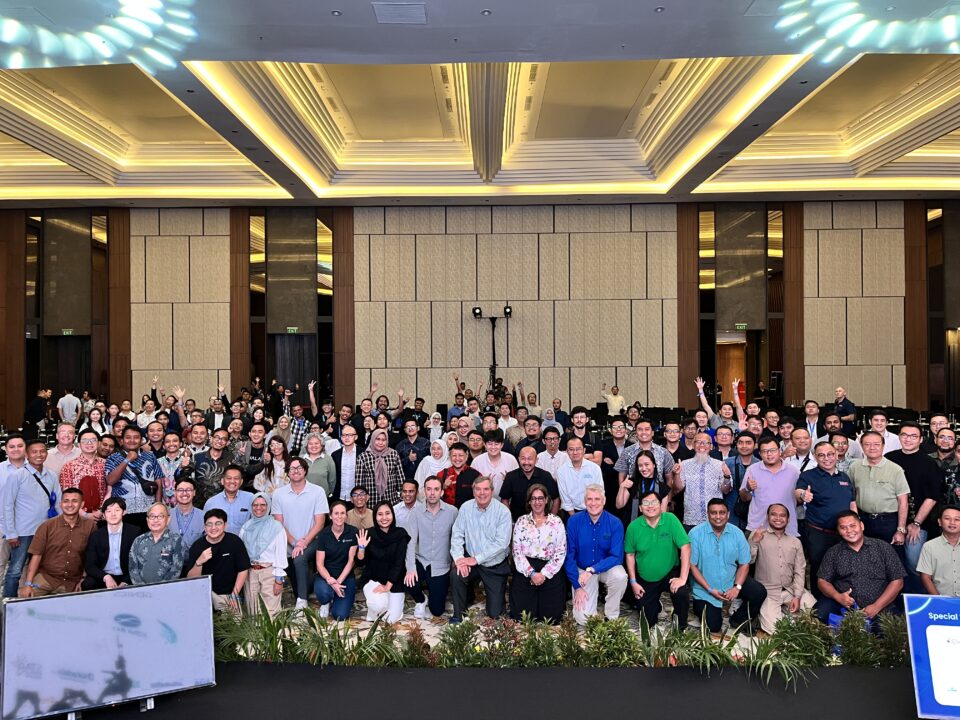
The COVID-19 pandemic is having important impacts on almost every business in the world today, and seafood is no exception. It is important for USSEC to both monitor what the anticipated changes are in the seafood industry and to provide insights to the greater seafood industry on how these changes will impact issues related to aquaculture and aquaculture feeds specifically.
There were two separate events. The first was a webinar on April 14, “IntraFish Digital Events: Seafood Outlook 2020,” described as a “digital forum [that] will explore the current industry outlook and coronavirus outbreak's impact on the global seafood sector. Expert panelists will discuss what they are currently experiencing and share how businesses are handling demanding operations and protecting their assets. The webinar will serve the industry with guidance and deliver practical solutions on how to navigate these turbulent times.”
The second was a survey, the IntraFish 2020 Seafood Executive Outlook Survey that allowed USSEC to voice opinions about how the current COVID-19 situation is impacting the industry.
The total number of participants was not provided by IntraFish, but the webinar was targeting key seafood industry stakeholders, including for aquaculture. The host noted that there was a lot of interest and that many had participated.
USSEC has had an active program in aquaculture for 35 years and has had many notable successes in moving the aquaculture industry to better, feed-based approaches that use US soy. It has often done so by “being ahead of the curve” by identifying what is needed before industry knows what they might need, and by being an active participant in industry discussions.
The COVID-19 pandemic has had a significant impact on almost every industry and seafood has been particularly impacted. Producers selling to live, fresh or chilled markets have seen their sales disappear as restaurants, food service and other major users have closed due to the pandemic. This is going to cause a change on how seafood is sold and consumed in the short term, but also will have longer-term impacts.
Perhaps one of the key messages is that quality, traceability and sustainability will be more important to consumers in future, and this may fit very well with the SSAP initiative that USSEC has been promoting for US soy differentiation. We may also see that feedmills and producers will pay more attention to quality to target markets, again something that should favor US soy.
“Consumers will look more at sustainability and traceability because they have the time to do so and want to ensure products that they can understand.” Paraphrased from Carlos Diaz (Chief Executive Officer (CEO) – Biomar Group)
The health and outlook of the aquaculture industry is important to USSEC’s efforts to drive the preference of US soy. Understanding and having a chance to communicate the US soy position on what the industry is facing and how it may change is important to future efforts.
This is important on a global level as seafood is one of the most traded commodities in the global market.


